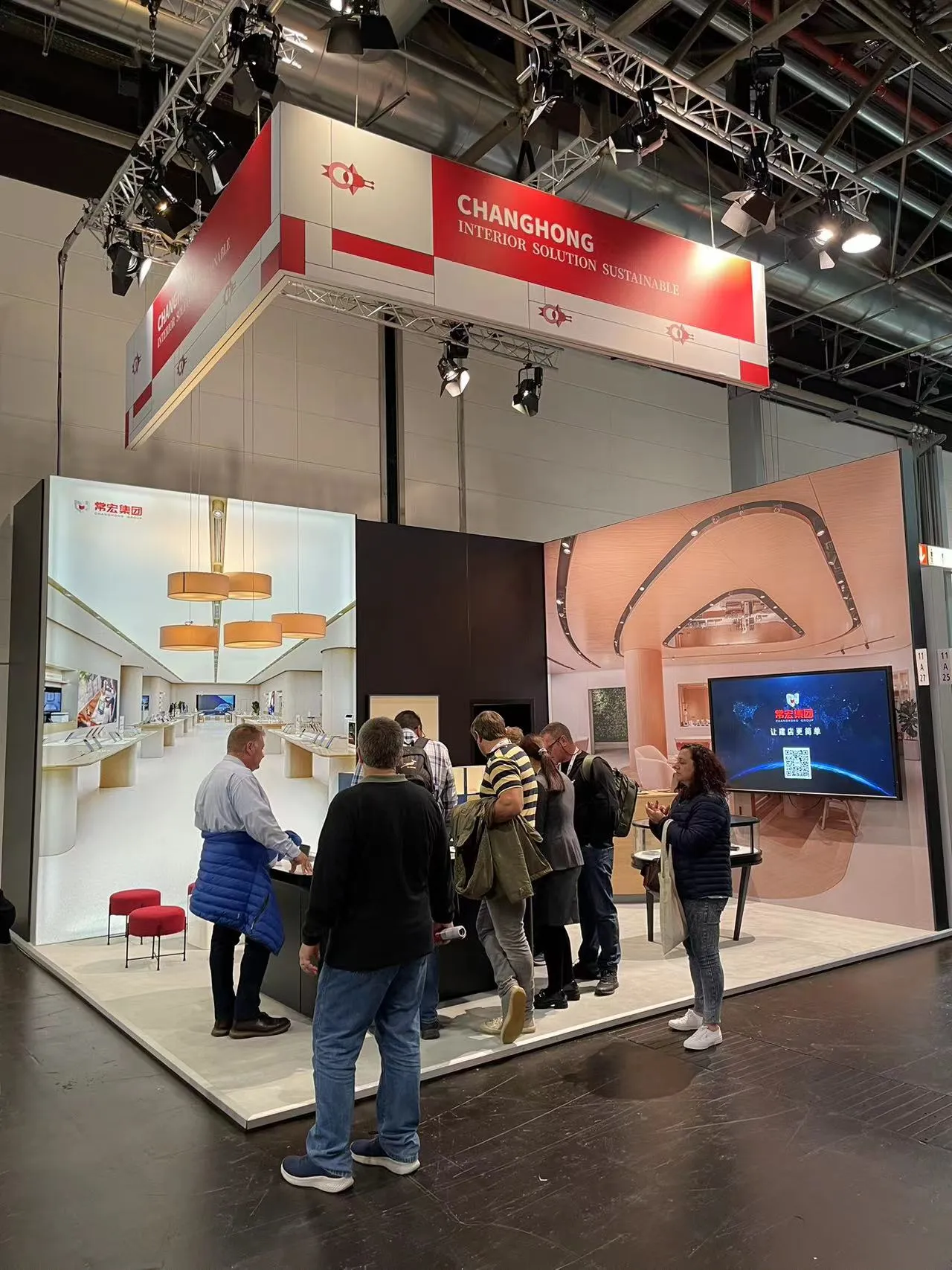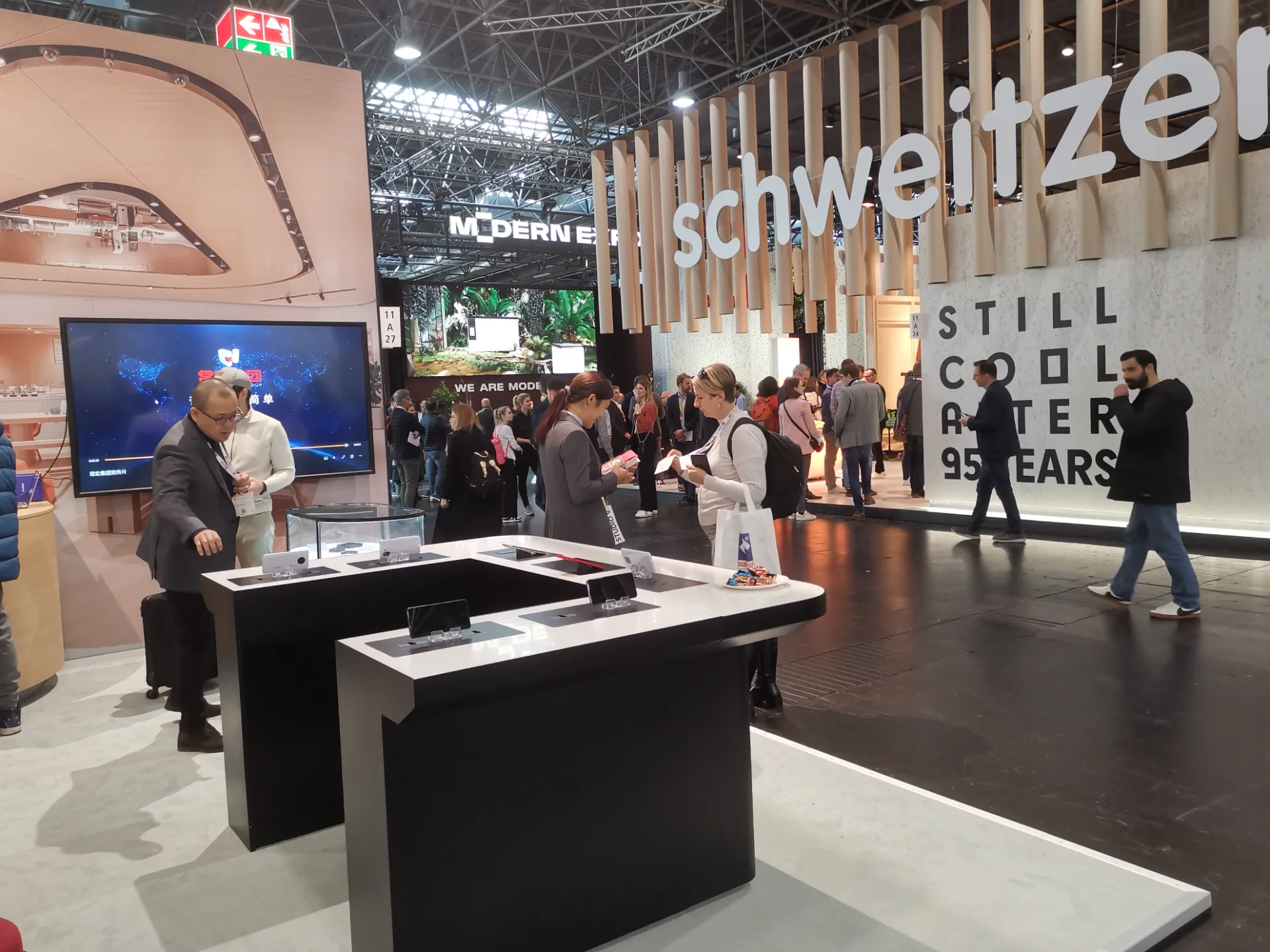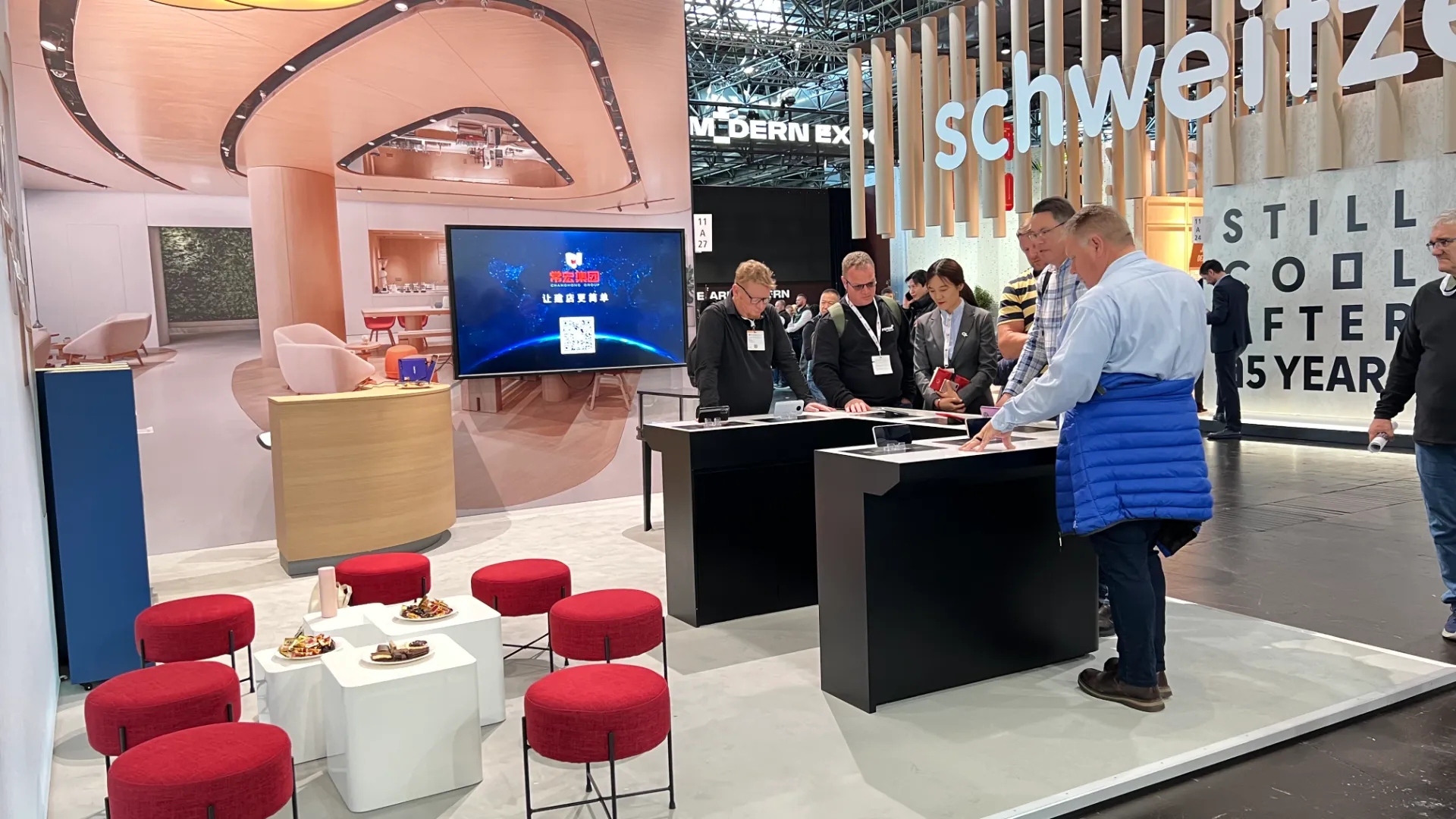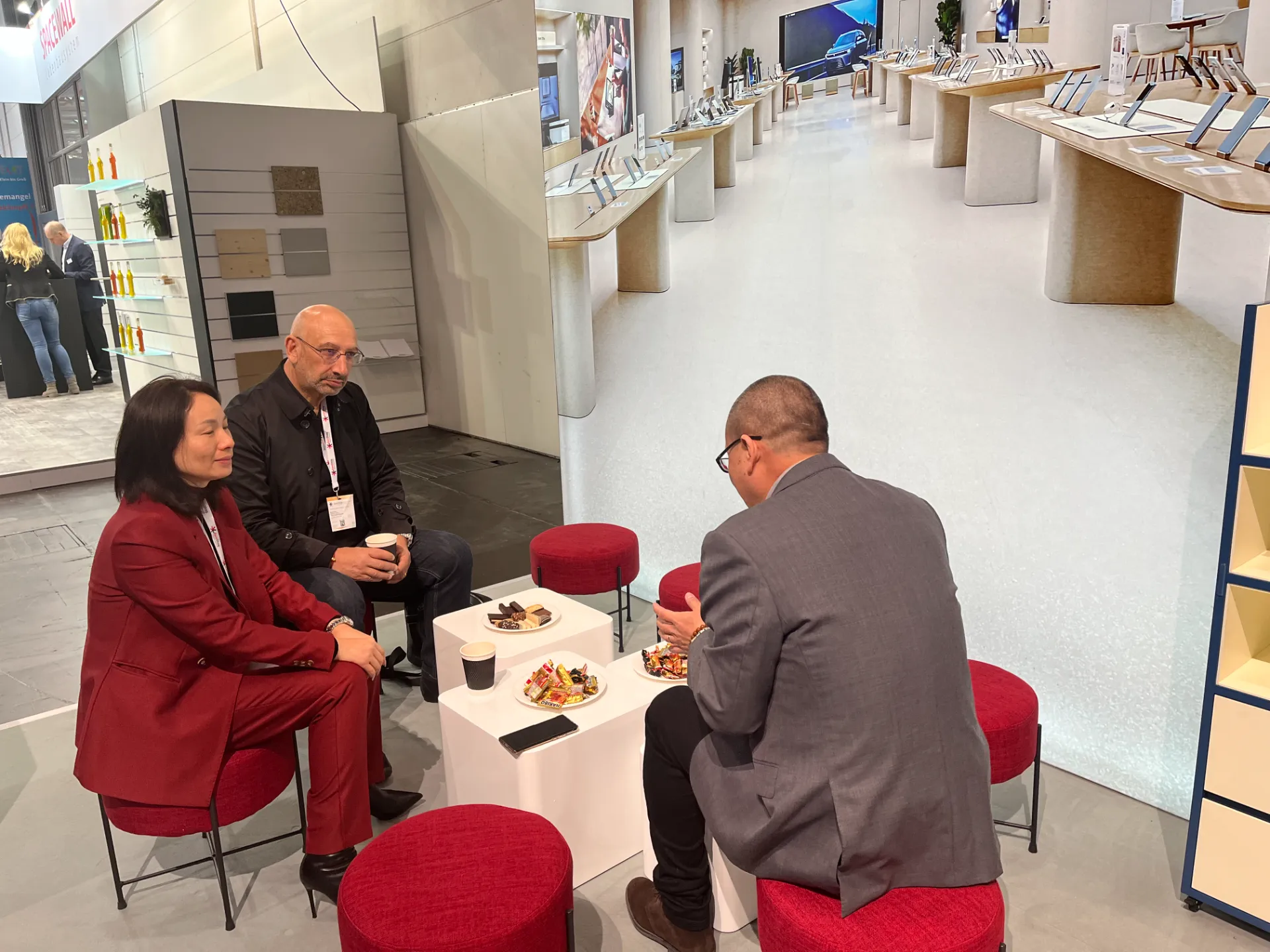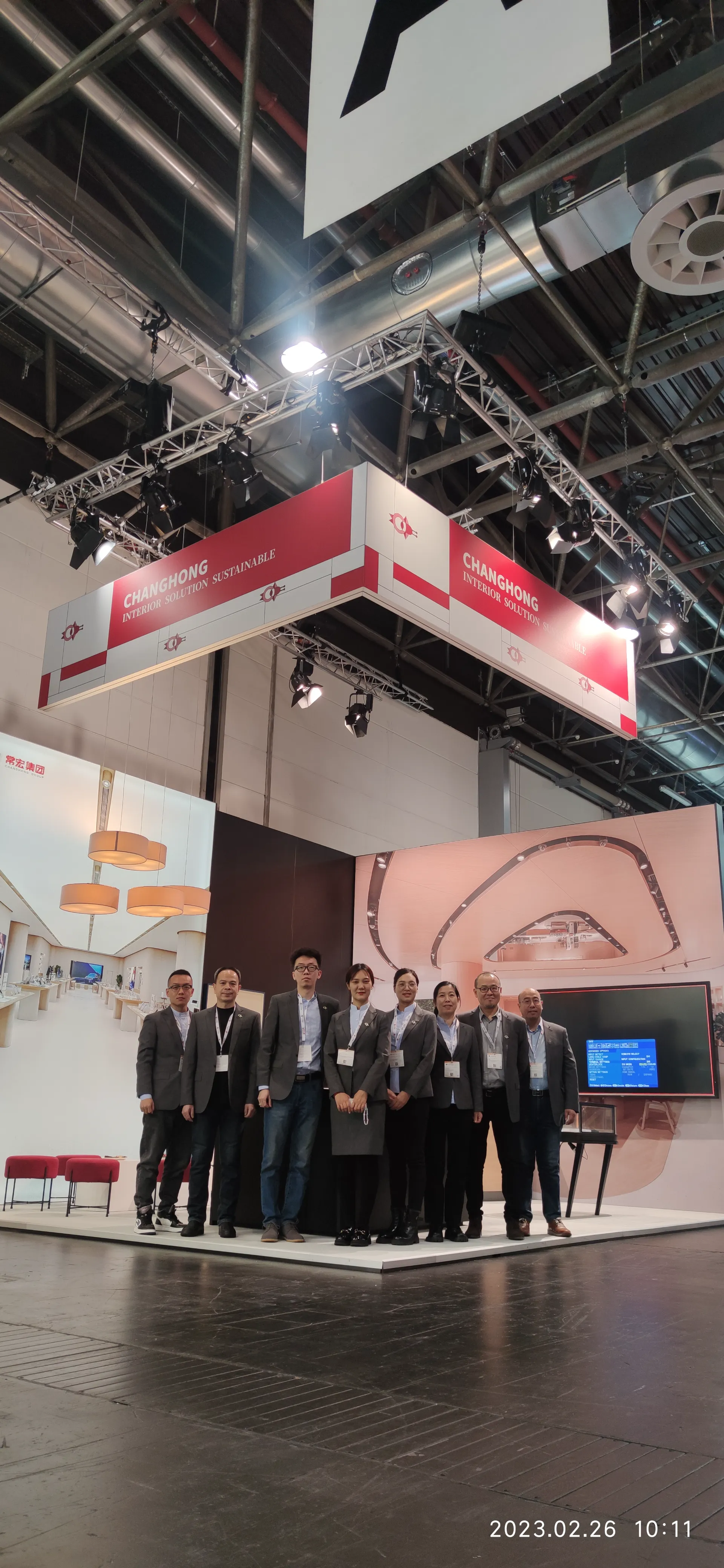Nov . 21, 2025 17:00 Back to list
Premium Golf Shop Fixtures for Modern Retail | Durable & Customizable Displays
Golf Shop Fixtures: More Than Just Shelving
If you’ve ever wandered into a golf pro shop or a high-end sporting goods store, you’ve likely admired the sleek displays and organized layouts that put gear right where you want it. But behind the scenes, “golf shop fixtures” do a lot more than just keep things tidy. These are specialized retail components — think custom shelving, racks, stands, and display cases — designed specifically for golf merchandise. Understanding their impact on retail space might seem niche, but in reality, it reflects broader global trends in merchandising, shopper experience, and even sustainability.
Why Golf Shop Fixtures Matter on a Global Scale
Retail is evolving rapidly worldwide. According to the World Bank, global retail sales topped $25 trillion in 2023, a number partly driven by experiential shopping and specialized product segments. The golf industry, valued north of $80 billion globally, thrives on premium presentation and product accessibility. Yet, recent shifts demand more versatile, durable, and adaptable shop displays — not just to showcase expensive clubs and accessories but also to optimize space and enhance shopper engagement.
This is where golf shop fixtures shine. They’re a small but critical component in the chain that connects manufacturers, retailers, and customers. Challenges like sustainability standards (ISO 14001), rising rents for retail space, and the push for digital integration all press manufacturers to rethink traditional fixtures. There’s also a surprising humanitarian angle: modular and transportable fixtures allow pro shops and event retailers to support global tours and pop-up shops efficiently, even in remote or temporary golf course locations.
What Exactly Are Golf Shop Fixtures?
Simply put, golf shop fixtures are purpose-built physical fittings used to display golf equipment, apparel, and accessories in retail environments. Unlike generic retail fixtures, they consider the unique dimensions and handling needs of items like golf clubs, golf balls, gloves, and apparel.
These fixtures combine functional design with aesthetics — blending wood, metal, glass, or composite materials — to both protect high-value inventory and boost sales by making products more approachable. In the larger scheme, they represent the intersection of industrial design, ergonomics, and retail psychology.
Key Components That Make Golf Shop Fixtures Stand Out
Durability
Commercial golf shops see a high traffic volume, so fixtures must endure constant wear and tear without compromising stability or appearance. Many manufacturers now use treated metal or reinforced hardwoods to extend lifespans, which ultimately reduces replacement costs.
Customization and Scalability
Golf shops come in all shapes and sizes — from sprawling pro shop complexes to compact boutique stores. Scalable fixture systems featuring adjustable shelves, modular panels, or interchangeable slots are a lifesaver when it comes to layout changes or seasonal product rotations.
Cost Efficiency
Budget realities often force shop owners to balance price and quality. Fixtures made from high-quality yet economical materials now enable shops to invest in durable displays without breaking the bank. Additionally, pre-fabricated kits speed up installation and reduce labor costs.
Visual Appeal and Brand Fit
The right fixture design complements a brand’s identity, using colors, finishes, and textures that convey prestige or approachability. This emotional connection can directly influence purchasing decisions.
Ease of Maintenance
With so many products on display, it’s critical that fixtures be easy to clean and maintain. Smooth surfaces and simple constructs allow staff to keep displays looking fresh, which in turn encourages customers to feel comfortable browsing.
Mini takeaway: It’s a balance of function, form, and economics that defines great golf shop fixtures.
Global Applications and Real-World Use Cases
Golf shops aren’t just found in the U.S. or Europe. Countries in Asia, like South Korea and Japan, have booming golf cultures, necessitating fixtures that adapt to smaller urban retail spaces. Similarly, luxury resorts in the Middle East and Australia invest heavily in elegant shop displays to support their golf tourism industries.
An interesting application is the use of modular fixtures for international golf tournaments. Temporary pro shops often need quick-assembly displays that can be packed, shipped, and reconfigured easily. These fixtures must hold up against variable climates, including high humidity or even desert conditions, without warping or losing color.
Retailers targeting beginner golfers may use more open, inviting fixtures to encourage touch-and-feel experiences, while specialist stores focusing on premium gear tend to have enclosed cases with locks and lighting technology.
Advantages & Long-Term Value of Golf Shop Fixtures
- Cost Savings: Durable fixtures reduce replacement frequency, improving ROI over several years.
- Customer Experience: Well-organized displays streamline the shopping journey, leading to higher conversion rates.
- Sustainability: Many manufacturers now offer eco-conscious materials and finishings, reducing carbon footprints.
- Social Impact: Functional fixtures enable smaller golf retailers or community programs to participate effectively in retail events or local sports development.
I often think of the quietly heroic role these fixtures play — something so commonplace that it’s almost invisible, yet pivotal for maintaining brand trust and retailer confidence.
Product Specification Table
| Fixture Type | Material | Dimensions (WxDxH) | Weight Capacity | Finish |
|---|---|---|---|---|
| Modular Golf Club Rack | Powder-coated steel & wood | 48" x 24" x 72" | Up to 150 lbs | Matte black with walnut accents |
| Apparel Wall Panels | Aluminum framing with acrylic shelves | 96" x 18" x 96" | 120 lbs per shelf | Glossy white |
| Countertop Display Case | Tempered glass & stainless steel | 36" x 18" x 24" | 30 lbs | Clear glass with brushed steel trim |
Comparing Top Vendors of Golf Shop Fixtures
| Vendor | Customization | Pricing | Lead Time | Sustainability |
|---|---|---|---|---|
| ChShopDisplay | High (modular and bespoke options) | Mid-range | 4-6 weeks | Eco-friendly materials available |
| ProFixtures Co. | Moderate (standard lines) | Premium | 6-8 weeks | Limited sustainability focus |
| RetailArtisans | Custom boutique style only | High-end pricing | 8-12 weeks | Sustainable craftsmanship |
Future Trends in Golf Shop Fixtures
What’s next? Sustainability clearly leads the charge, with environmentally friendly raw materials and low-VOC finishes becoming standard. Beyond that, digital integration — including LED lighting controlled via apps or RFID-enabled racks that interact with shoppers’ smartphones — is on the rise.
Automation could soon allow dynamic display adjustment based on time of day or special promotions, reminding me a bit of the smart shelves buzzing in tech stores. There’s also potential for 3D-printed custom fixtures, speeding design cycles and allowing rapid innovation.
Challenges & How to Overcome Them
One common issue with golf shop fixtures is balancing aesthetics with durability — flashy materials sometimes don’t hold up well commercially. Manufacturers often solve this by layering protective coatings or combining materials strategically, say a classy wood veneer over steel frames.
Space constraints pose another limitation, especially in urban or resort environments. Modular, foldable, or multi-functional fixtures solve this while maintaining product visibility. Retailers increasingly collaborate early in the design phase, ensuring fixture selections fit retail flow.
FAQ: Your Quick Answers About Golf Shop Fixtures
Q1: What should I prioritize when choosing golf shop fixtures?
Think durability, adaptability to your store layout, and the ability to highlight your product range. Also, consider materials that align with your store’s aesthetic and sustainability goals.
Q2: How long do golf shop fixtures typically last?
With quality materials and proper maintenance, fixtures can last anywhere from 5 to 15 years, depending on foot traffic and environmental factors.
Q3: Are modular golf shop fixtures easy to install?
Yes, most modern modular fixtures come with detailed instructions and require minimal tools, allowing for quick installation or reconfiguration.
Q4: Can I customize fixtures to fit unique brand identities?
Absolutely. Many vendors offer bespoke options for materials, colors, and dimensions to match your brand perfectly.
Bringing It All Together
Golf shop fixtures might seem like just inventory holders, but in reality, they’re pivotal to boosting sales, enhancing customer experience, and supporting a thriving global golf economy. Choosing the right fixtures isn’t just about display — it’s an investment in your brand’s long-term success and operational efficiency.
Interested in upgrading your retail environment or opening a new pro shop? Explore golf shop fixtures tailored to your specific needs and style.
Sources:
-
Premium Golf Shop Fixtures for Modern Retail | Durable & Customizable Displays
NewsNov.21,2025
-
Modern Shop Fittings: Enhancing Retail Spaces with Technology & Sustainability
NewsNov.21,2025
-
Essential Sweet Shop Fittings for Modern Retail Success – Durable, Stylish & Sustainable
NewsNov.20,2025
-
Average Shop Fitting Costs Explained: Global Insights & Practical Guide
NewsNov.20,2025
-
Shop Fitting Furniture: Durable & Flexible Commercial Interiors Explained
NewsNov.19,2025
-
Expert Convenience Store Shop Fitters: Design, Durability & Sustainability
NewsNov.19,2025




